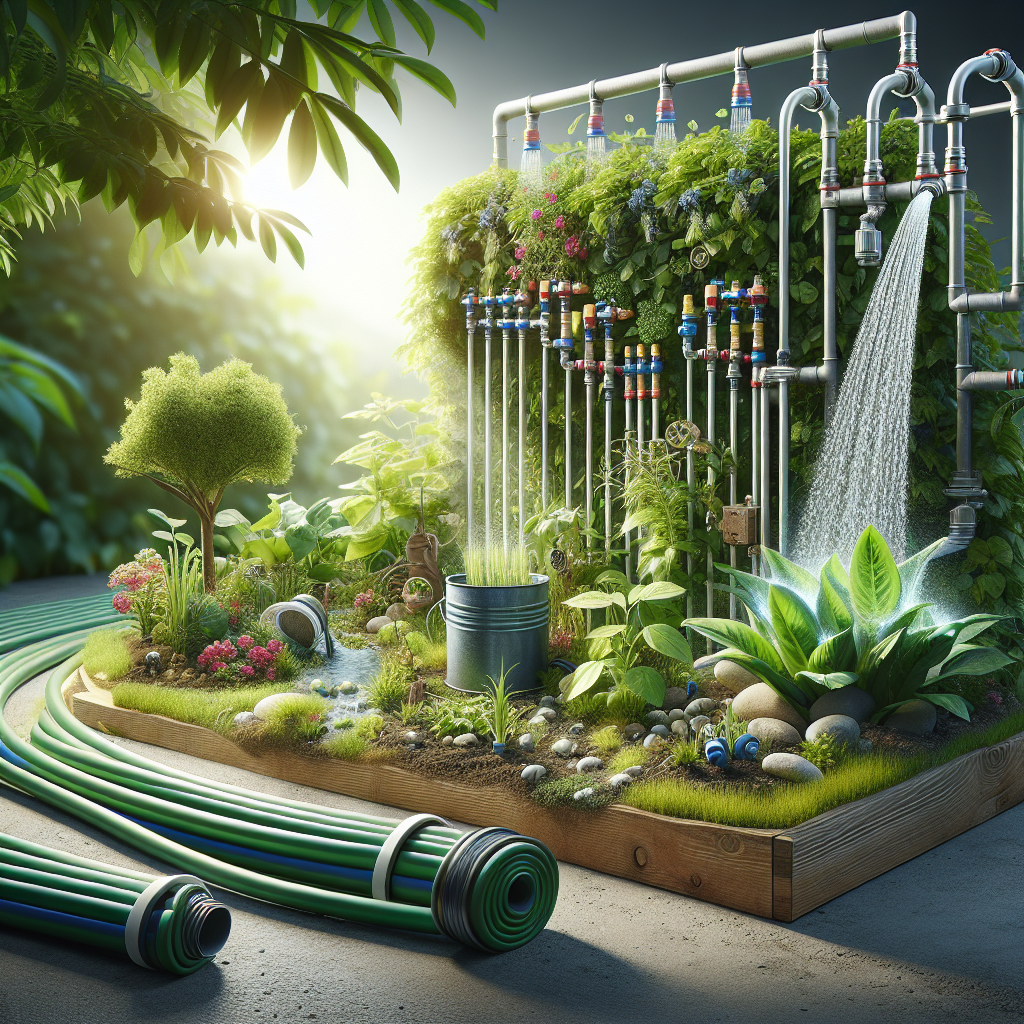Slow drip irrigation is a method of watering plants in a controlled and consistent manner, allowing for more efficient use of water and nutrients. This technique has been used for centuries and continues to be popular among gardeners and farmers alike. In this article, we will discuss the benefits of slow drip irrigation and provide a step-by-step guide on how to successfully implement this system in your garden or farm.
Benefits of Slow Drip Irrigation
1. Water Conservation: Slow drip irrigation helps conserve water by delivering water directly to the roots of plants, reducing evaporation and runoff. This method allows for deeper penetration of water into the soil, ensuring that plants receive the necessary amount of moisture without wasting excess water.
2. Improved Plant Health: Slow drip irrigation promotes healthier plant growth by providing a consistent supply of water and nutrients. This helps prevent over-watering or under-watering, which can lead to stress and disease in plants. By watering at a slow rate, plants can absorb water more efficiently and develop stronger root systems.
3. Weed Control: Slow drip irrigation can also help control weeds by delivering water directly to the root zone of plants, rather than watering the entire surface area. This reduces the growth of weeds that compete with crops for nutrients and moisture, leading to a healthier and more productive garden or farm.
4. Reduced Labor: Once set up, slow drip irrigation systems require minimal maintenance and can be automated with timers or sensors. This reduces the need for manual watering and allows you to focus on other tasks in your garden or farm.
5. Increased Crop Yield: Studies have shown that slow drip irrigation can increase crop yield by up to 50% compared to traditional watering methods. By providing plants with a steady supply of water and nutrients, they are able to grow faster and produce higher-quality fruits and vegetables.
How to Implement Slow Drip Irrigation
1. Assess Your Garden or Farm: Before implementing a slow drip irrigation system, assess your garden or farm layout, including the type of plants you are growing, soil type, sun exposure, and slope of the land. This will help you determine the best design for your irrigation system.
2. Choose the Right Components: Select high-quality components for your slow drip irrigation system, including drippers, tubing, connectors, filters, timers or sensors, pressure regulators, and emitters. Consider factors such as flow rate, spacing between drippers, water source pressure, and size of the area you need to irrigate.
3. Design Your System: Plan out the layout of your slow drip irrigation system based on your assessment and component selection. Identify where you will place drippers near each plant or row of plants to ensure even distribution of water throughout your garden or farm.
4 Install Your System: Start by laying out tubing along each row or section where you will be installing drippers. Connect tubing with connectors at corners or junctions between rows. Attach drippers at regular intervals along the tubing using stakes or clips to secure them in place.
5 Adjust Water Pressure: Use pressure regulators to adjust water pressure from your source to ensure that drippers deliver an even flow rate throughout your system. Check for leaks or clogs in tubing or emitters and make adjustments as needed.
6 Test Your System: Once your slow drip irrigation system is installed, test it by running water through each line to check for proper functioning of all components. Monitor water distribution around plants to ensure that they are receiving adequate moisture without excessive pooling or runoff.
7 Maintain Your System: Regularly inspect your slow drip irrigation system for leaks, clogs, or damage that may affect its performance. Clean filters periodically to prevent blockages in tubing or emitters that could disrupt water flow.
By following these steps guidelines implementing slow-drip irrigation in your garden all farm you can enjoy all benefits associated with this effective method watering method including efficient use resources improved plant health weed control labor savings increased crop yield.
In conclusion successful implementation a slow-drip agriculture involves assessing needs selecting high-quality components designing appropriate layout installing adjusting testing maintaining optimal functioning equipment over time With these strategies mind any gardener farmer can successfully incorporate this innovative technique into their practice reap rewards reduced resource consumption improved plant health higher yields…













